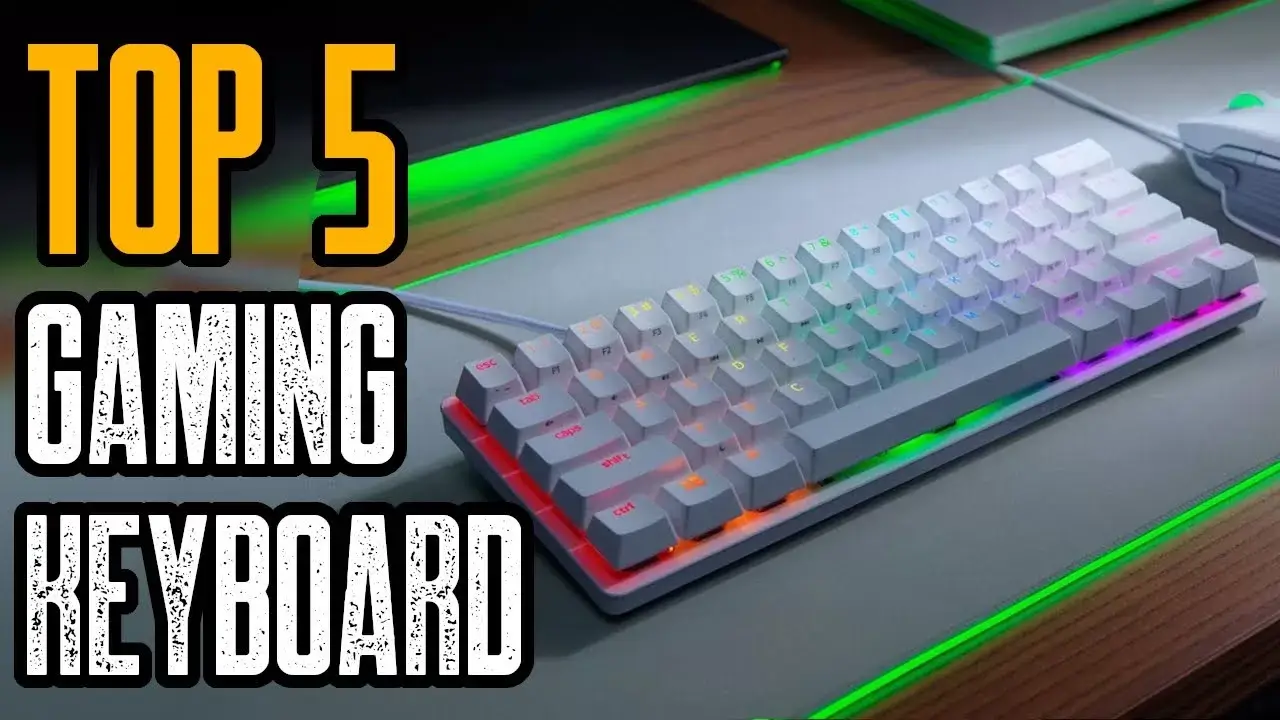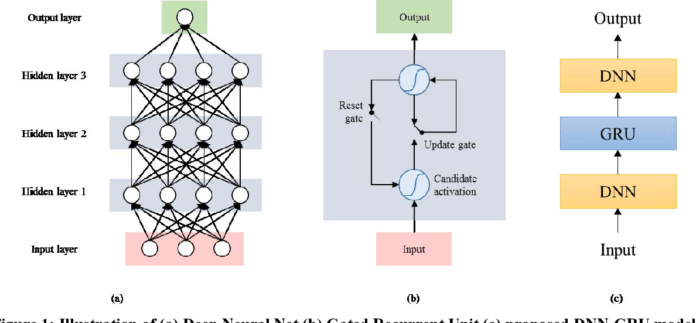How do you choose the appropriate number of GRU layers and units for a particular task?
Choosing the appropriate number of Gated Recurrent Unit (GRU) layers and units for a particular task can be a challenge, and there is no one-size-fits-all solution. The appropriate number of layers and units will depend on the complexity of the task, the size of the dataset, and the available computational resources.
Here are a few general guidelines that may be useful when selecting the number of layers and units for a GRU model:
- Start with a small number of layers and units: It is often helpful to start with a small number of layers and units and gradually increase the number as needed. This allows you to test the performance of the model at different complexity levels and identify the optimal number of layers and units.
- Consider the complexity of the task: For more complex tasks, such as language translation or image classification, you may need to use a larger number of layers and units to capture the necessary information. On the other hand, for simpler tasks, such as sentiment analysis or language modeling, you may be able to use fewer layers and units.
- Take into account the size of the dataset: A larger dataset may require a larger number of layers and units to capture the necessary patterns and features. However, if the dataset is small, using a larger number of layers and units may result in overfitting.
- Consider the computational resources: The number of layers and units in a GRU model can have a significant impact on
[subscribe]





























